Tips on grass type for Los Angeles area
Martin B
5 years ago
Featured Answer
Comments (31)
Related Discussions
Sod Disposal in Los Angeles area
Comments (2)Well in my state sending it to the landfill is just about all you can do with it unless you can find someone who needs the dirt regardless of the grass. Not very many places will take cut up sod because of the potential for sickness in the dirt/grass. I mean there is a reason you removed it in the 1st place....See Morelooking for larger size perlite in Los Angeles area
Comments (3)I buy large Perlite or Sponge Rock on line or at plant shows. Since you live in California, I would try nursery's which sell orchids. Otherwise, buy on line. It is light weight and the postage shouldn't be bad. If you have a local orchid society, find out when they meet and show up at one of the meetings. You don't need to be a member and can buy from the vendors. I always recommend to people that orchid society meetings are the best place to buy wood chips and perlite. They sell in bulk amounts. Much cheaper. Again, you don't have to be a member or join the Club. Jane...See MoreGrass for planting in Grasscrete driveway, Los Angeles Area
Comments (11)We are on year 5 of our grasscrete driveway in the mid Atlantic area (zone 7A) and have areas with full sun and some in shade. We have tried a number of different grasses and buffalo grass is pretty good and draught tolerant once established but we are currently trying elfin thyme in places with the most sun. It is a PITA with all the weeding. Hoping the thyme is the ticket to less/no weeding eventually. (Hey, I can dream....)...See MoreInstalling St. Augustine sod in Los Angeles area in Sept/Oct?
Comments (15)The rototiller is the worst. What he did is so much better, but still likely not needed. Two weeks ago I put down 90 pieces of St Aug sod on top of bare, unprepared soil. It's taking very well. In my lazy approach, I watered 1x per day, but I did it every day. Then my wife helped out with a soaker hose. I gotta say, the soaker worked great. It was on a low trickle from the faucet - maybe 2 cups per minute. The next day there was a mushroom and some weeds are coming up, so it's plenty wet. So for St Aug sod, maybe 3x per day is a lot. Just never let the soil become soggy. If you're doing it right you should feel good about walking on it without sinking in. Good luck with that and thanks for the name of your vendor. Someone else from Hawthorne was asking. Here's a pic of some of the 90 square feet. This is about 50 square feet. It goes from the line of plants to the left up to the dog. The sod adds an inch to the soil height, and I did not want to raise the level by the fence, so I'm planning to let the sod creep out to the fence. That won't take long, but it will be next spring....See MoreNil13 usda:10a sunset:21 LA,CA (Mount Wash.)
5 years agolast modified: 5 years agoNil13 usda:10a sunset:21 LA,CA (Mount Wash.)
5 years agoNil13 usda:10a sunset:21 LA,CA (Mount Wash.)
5 years agoMartin B
5 years agoNil13 usda:10a sunset:21 LA,CA (Mount Wash.)
5 years agoNil13 usda:10a sunset:21 LA,CA (Mount Wash.)
5 years agolast modified: 5 years agoMartin B
5 years agoLars
5 years agolast modified: 5 years agodchall_san_antonio
5 years agoNil13 usda:10a sunset:21 LA,CA (Mount Wash.)
5 years agoNil13 usda:10a sunset:21 LA,CA (Mount Wash.)
5 years agozagyzebra
5 years agodchall_san_antonio
5 years agoNil13 usda:10a sunset:21 LA,CA (Mount Wash.)
5 years agolgteacher
5 years agoNeed2SeeGreen 10 (SoCal)
5 years agoNil13 usda:10a sunset:21 LA,CA (Mount Wash.)
5 years agodchall_san_antonio
5 years agoMartin B
4 years agolgteacher
4 years agoMartin B
4 years agodchall_san_antonio
4 years agoMartin B
4 years agodchall_san_antonio
4 years agoMartin B
4 years agodchall_san_antonio
4 years agoMartin B
4 years agoMartin B
4 years ago
Related Stories

HOUZZ TOURSHouzz Tour: A Ranch House Is Reborn in a Los Angeles Canyon
Can you get back to nature in the heart of an urban mecca? This family — and their horses, dogs and chickens — did just that
Full Story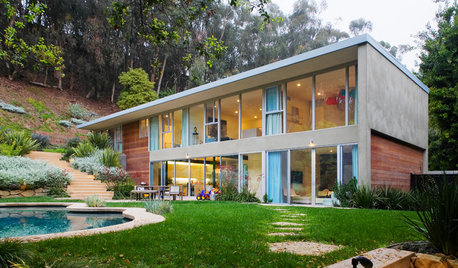
MIDCENTURY HOMESHouzz Tour: Getting to the Bottom of a Midcentury Los Angeles Home
Once it had only a second floor, but now this home has its fill of usable, beautifully designed spaces
Full Story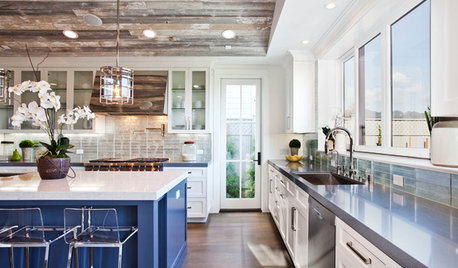
KITCHEN OF THE WEEKKitchen of the Week: Marrying Past and Present in Los Angeles
Something old, something new and all the rest make for a happy kitchen union in a tony L.A. neighborhood
Full Story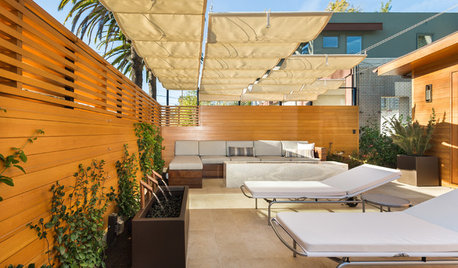
PATIOSPatio Details: A Relaxing Front-Yard Retreat in Los Angeles
A retractable awning, a water feature and an onyx fire feature transform a formerly unused front yard on a busy street
Full Story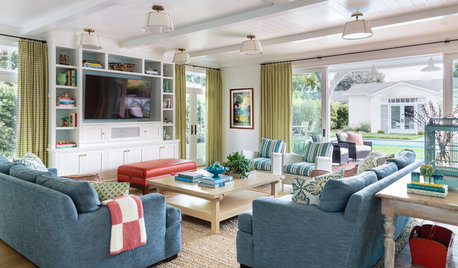
COLORFUL HOMESHouzz Tour: Colorful, Whimsical and Beachy-Casual in Los Angeles
A family’s move to the ocean side of the freeway inspires a coastal-inspired color palette
Full Story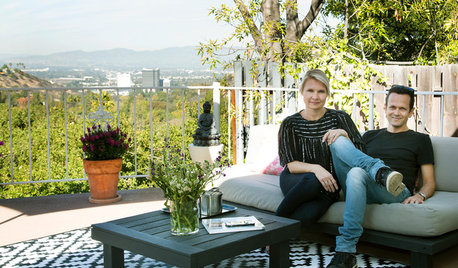
HOUZZ TOURSMy Houzz: A Danish Couple Bring a Bit of Home to Los Angeles
Investment furniture pieces from Denmark add a classic Scandinavian touch to this California house
Full Story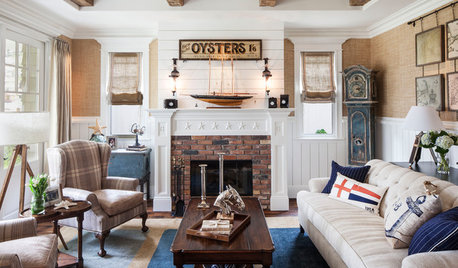
HOUZZ TOURSHouzz Tour: Subtle Cape Cod Style in Los Angeles
Forget geography. It’s attitude — and an unerring eye for detail — that gives this California lair an Atlantic ambience
Full Story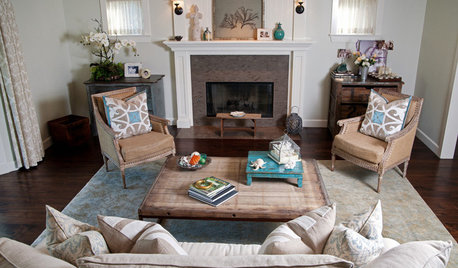
HOUZZ TOURSHouzz Tour: California Mediterranean in Los Angeles
A laid-back family home in Southern California seamlessly blends coastal style with traditional sensibilities
Full Story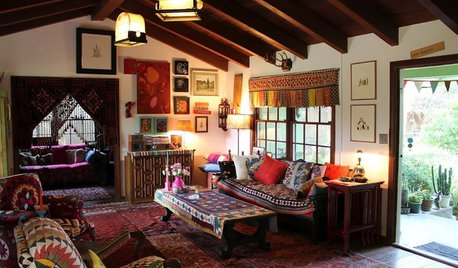
HOUZZ TOURSMy Houzz: A Cabin of Curiosities in Los Angeles
A sheep's head here, a beaded fringe there and layers of exotic prints and art everywhere work wonderfully in a personal "Shangri-La"
Full Story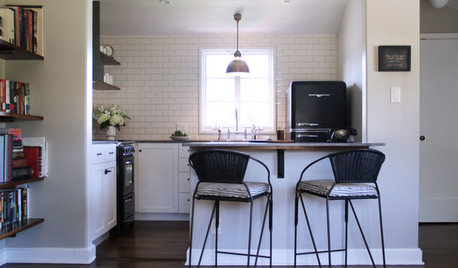
KITCHEN DESIGNKitchen of the Week: Tipping a Hat to Vintage in Hollywood
Inspired by a quirky antique, this kitchen for a writer-performer recalls the 1920s without conjuring a movie set
Full Story


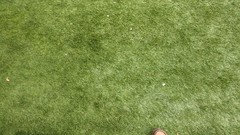



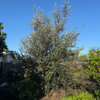

zagyzebra